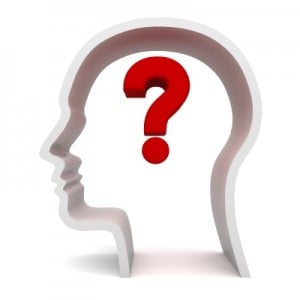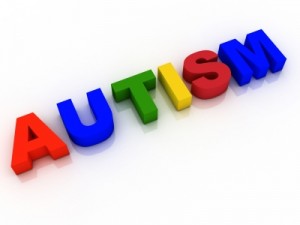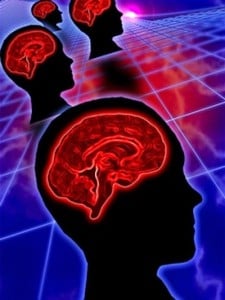Obsessive Compulsive Disorder, or OCD, is characterized by obsessive, repetitive behaviors and compulsions, and the inability for the person to control these impulses. Ritualistic behaviors develop over time as a result, and often end up heavily controlling the lives of those suffering. Plagued with troubling thoughts, a person with OCD will take action in an attempt to temporarily ease their mind. Ritualistic behaviors develop over time as a result, and often end up heavily controlling the lives of those suffering.
Depression is one of the most common mental illnesses in the United States today, affecting more than 15 million people. On average, people start experiencing depression at 32 years old, however 3.3% of teenagers between 13-18 have depressive disorders as well. Depression is greatly influenced by biological, genetic, environmental, nutritional, and/or psychological factors. Impaired functioning between neurotransmitters in different regions of the brain that are responsible for regulating mood may result in onset of depression. Neurofeedback is a great supplemental method to help retrain the brain to function most efficiently. Neurofeedback specialists pinpoint exactly where the brain is having trouble functioning, and teaches the brain to self-correct, reducing or eliminating the symptoms of depression over time.
Autism Spectrum Disorder (ASD) categorizes a group of neurodevelopmental disorders that affect about 1 in 68 children, 1 in 42 boys, making it the most rapidly growing developmental disorder in the US today. One of the most notable characteristics of someone affected by autism is difficulty communicating or socializing with others, even in early infancy. Repetitive and limiting behavior is another common, recognizable quality that may point to ASD, although symptoms vary greatly.
In the United States, anxiety disorders affect 40 million adults above the age of 18, making it the most common mental illness. Although less common with children, 6% suffer from anxiety disorders that have serious enough symptoms to require treatment. Evidence continues to support the interconnectedness of the mind and body. Therefore, as mentally debilitating as anxiety can be, it can take a serious physical toll on the body as well.
Everyone knows the feelings of tossing and turning at night, not being able to sleep, but what happens when this frustrating experience repeats every night? Getting through an average day becomes nearly impossible due to an extreme increase in stress from not getting the proper rest a person needs. Increased irritability and overall sleepiness throughout the day also trouble a person who has not been able to sleep well. Work and/or school become even more challenging because the ability to focus is so heavily dependent on a good night’s rest. Insomnia describes a sleep disorder where people either have trouble falling asleep or trouble staying asleep throughout the night, leaving people exhausted upon waking and often throughout the rest of the day.









